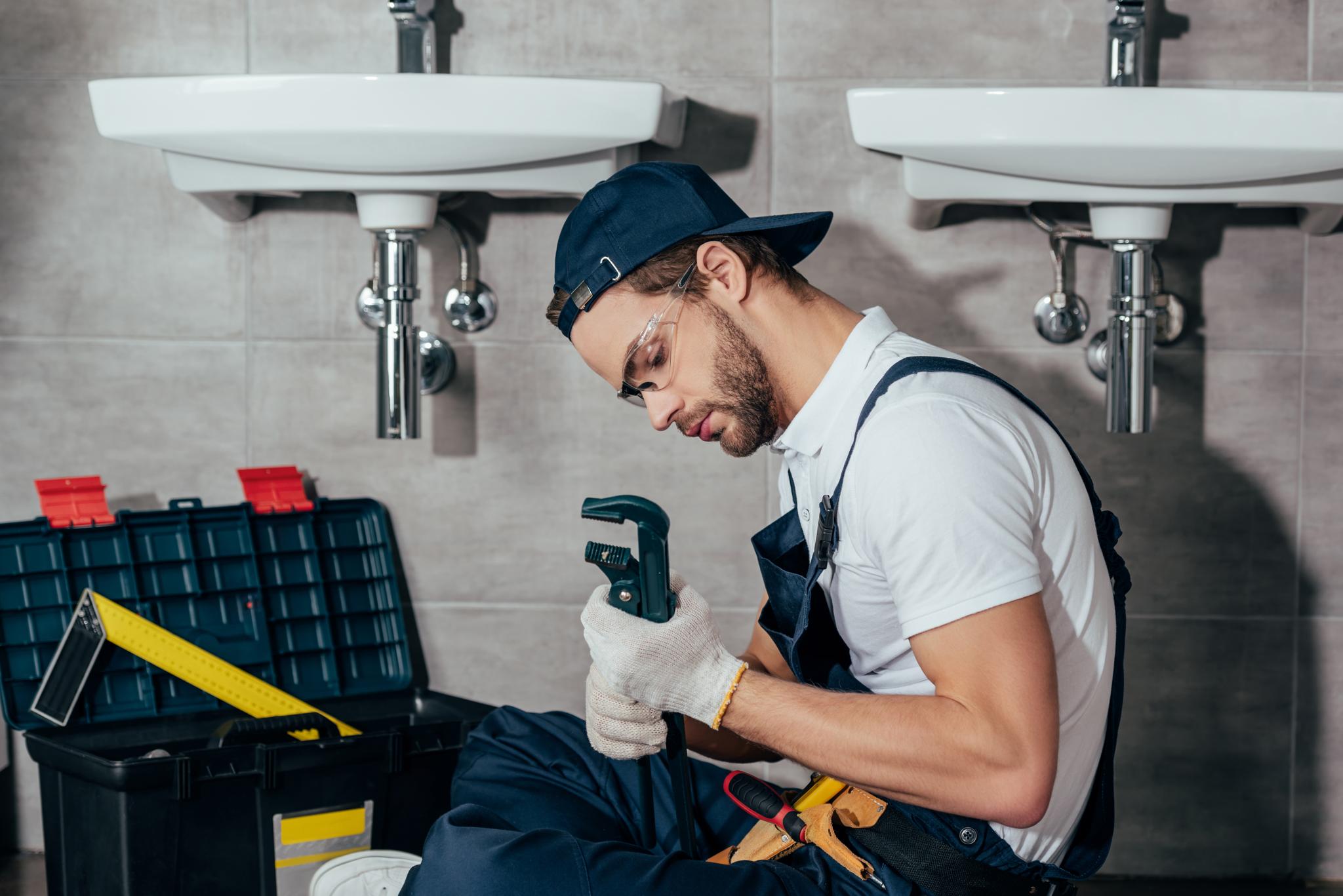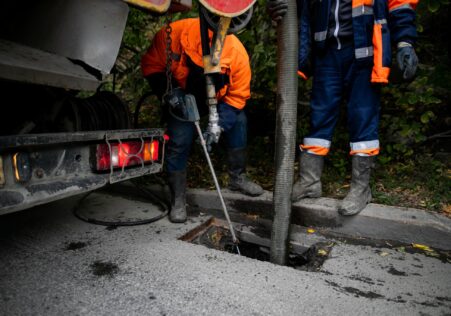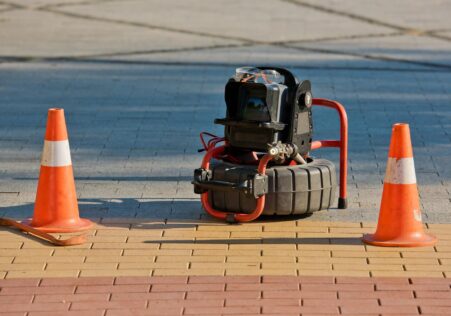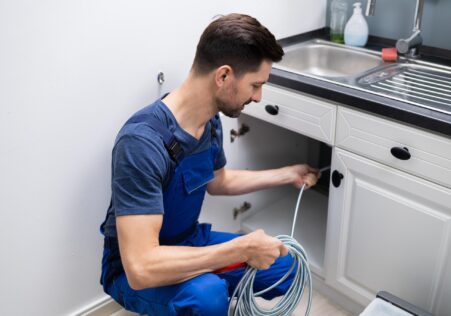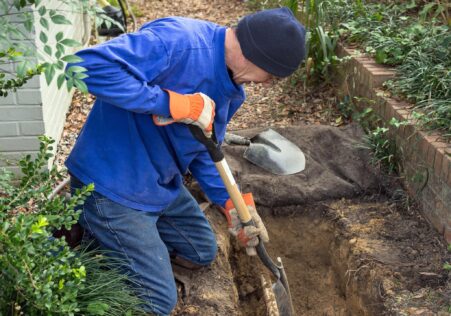The Role of CCTV Drain Inspection in Identifying Drain Corrosion

Blocked drains can be a nightmare for homes and businesses alike. They cause problems, smells and may cause hygienic problems. It is crucial to determine the root cause behind blocked drains to repair them and prevent further blockages.
Key Takeaways
- Blocked drains can lead to disturbances, odor and hygiene issues.
- Drain corrosion is the most common cause of leaks and blockages due to aging, chemical exposure, or even accidents.
- CCTV Drain Inspection provides an accurate, cost-effective and efficient method of diagnosing problems with pipe systems.
- The procedure involves insertion of an optical fiber camera which captures images transmitted to a control center team who identify issues whether they are small or big in the pipeline.
- Benefits include no destructive research as well as savings on resources and material costs Prevention of future problems rapid diagnosis and quick report delivery.
- If you notice any slow or blocked drains, call Local Blocked Drains Sydney for immediate assistance.
What is Drain Corrosion?
The process of drain corrosion occurs when pipes age or are exposed to a variety of chemical substances. Sometimes, it is as a result of plumbing accidents, for example the destruction of PVC by corrosive drain cleaners. pipes. The corrosive process causes many problems including leaks or blockages that could lead to lasting damage. But, determining the exact location of problem could be challenging.
What is it? CCTV Drain Inspection How CCTV Drain Inspection
CCTV cameras let us carry out an in-depth inspection on the drain system, without the need for excavation work which could damage your property or yard.
The process is straightforward:
- The camera is attached to a flexible cable in the drain.
- The camera captures high-resolution images of the inside of your drain pipes. These images are then transmitted to our staff operating in our Control Center.
- Our certified technicians use these images to determine and identify any defects within the pipe, including corrosion.
Why Should You Use CCTV Inspection?
The effects of air pollution seismic activity, shifting soil, changing patterns of rain may all contribute towards obstructions in pipes. It is vital to identify and correct these issues prior to they grow. Here’s the reason why CCTV inspections are beneficial:
- Afcurate Identification Inspections by CCTV give precise information on what’s happening in your pipeline making sure that you avoid damaging investigations that could result in wasting time and resources.
- Cost-effective Since the excavation and digging work is required, it helps save both manpower resources and cost of materials.
- Avoid Future Problems Our experts identify any issues, no matter how small in the pipework with high-resolution cameras that allow for an early intervention that will prevent any further problems.
- Fast: Our survey team can identify and provide complete reports in a matter of minutes, allowing quick decision-making to take remedial action.
Conclusion
In the end, CCTV Drain Inspection provides an efficient and cost-effective solution for diagnosing the cause of blocked drains caused by corrosion. The sooner the issue is found, the more quickly the issue can be fixed with minimal disruption. If you experience problems with slow drains or blocked drains call us at call by dialing Local Blocked Drains Sydney for immediate assistance.
Additional Information
- The Ultimate Guide to Drain Clearing Services
- Don't Fall for These Mistakes When Choosing a CCTV Drain Inspection Company
- Clear Your Drains: Tricks and Strategies for a Uninterrupted Home
- Is It Time for a CCTV Drain Inspection? Here's What You Need to Know
- Discovering the Main Causes of Clogged Drains
- Save Money with These Simple Drain Maintenance Techniques
- Why Jetting is the Best Solution for Your Blocked Drain Woes
- Blockage of Drains: Plumbing Tips and Solutions
- Say Goodbye to Messy Plumbing Repairs with Trenchless Pipe Relining
- Investigating & Verifying a Clogged Pipe: Measures to Take


